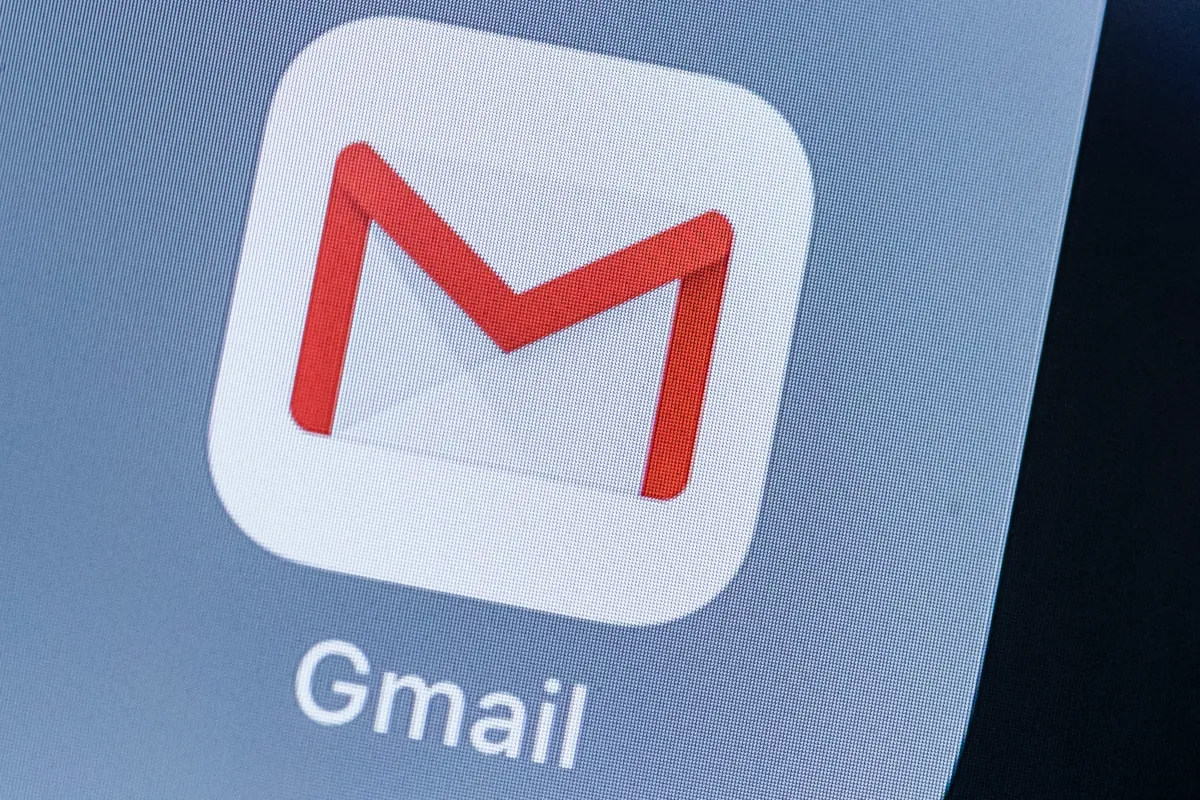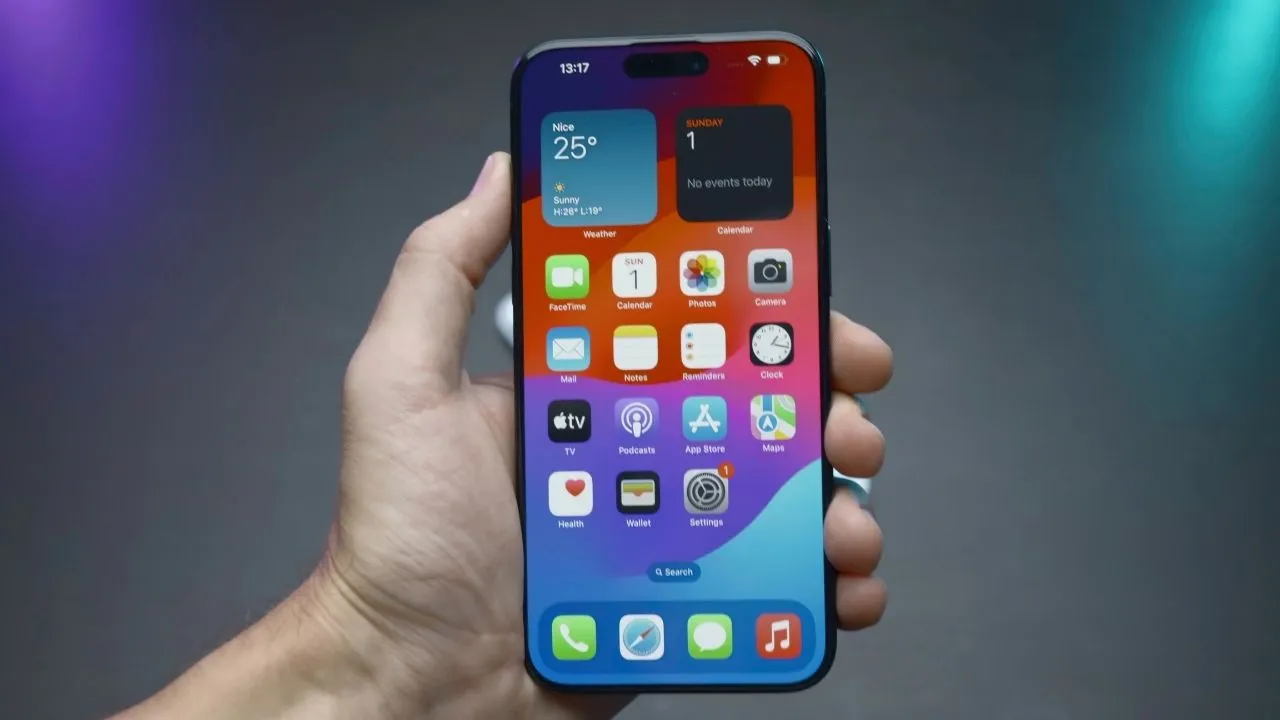In recent developments, the U.S. Federal Trade Commission (FTC) has been at the center of a significant debate concerning the implementation of age verification methods on social media platforms. This conversation revolves around whether to incorporate “Privacy-Protective Facial Age Estimation” as a recognized method for obtaining verifiable parental consent under the Children’s Online Privacy Protection Act (COPPA).
The Proposal and Its Rejection
Last year, a collective led by digital identity firm Yoti, in partnership with the Entertainment Software Rating Board and Kids Web Services Ltd., proposed the use of facial age estimation technology to the FTC. This method aimed to verify the age of users non-intrusively without fully identifying them. However, despite the technology’s promise of preserving privacy and simplifying age verification processes, the FTC rejected this application. The decision was postponed pending a detailed evaluation from the National Institute of Standards and Technology (NIST), expected to significantly clarify the capabilities and limitations of age verification technologies.
Legislative Context
Parallel to the FTC’s considerations, legislative movements such as the Protecting Kids on Social Media Act have been making rounds in the U.S. Congress. This act, if passed, would require stringent age verification on social media platforms, mandating users under 18 to obtain parental consent before creating profiles. Social media platforms, while not mandated to adopt the government’s method, would need to verify user ages or face substantial penalties.
Public Concerns and Privacy Implications
Public and expert responses to these developments have expressed concerns over privacy and data security. Critics argue that requiring such extensive personal information for age verification could expose users to increased risks, including data leaks and identity theft. Furthermore, TechFreedom, a tech policy think tank, has highlighted the difference between ‘age assurance’ provided by methods like facial age estimation and ‘age verification’. They pointed out that the current proposals do not provide the certainty needed for effective age verification, particularly for distinguishing between minors and adults.
As the discourse continues, the FTC’s stance remains cautious, opting to await further scientific evaluations before making definitive decisions on the adoption of new age verification technologies. This approach underscores the complexity of integrating advanced biometric technologies within regulatory frameworks that respect both innovation and individual privacy.









Add Comment